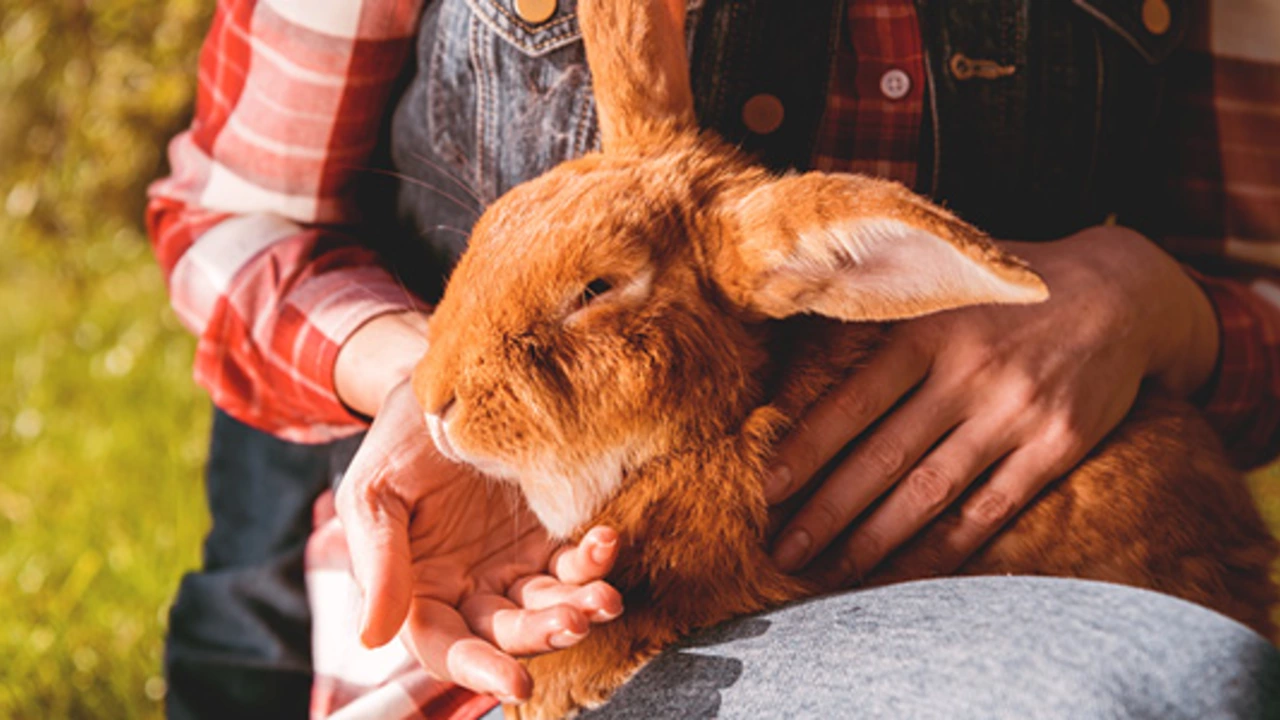Understanding the Life Cycle of a White Rabbit
The life cycle of a white rabbit is a fascinating journey that starts from birth and carries on until their twilight years. Understanding this cycle is vital for potential rabbit owners, as it helps to prepare you for the responsibilities that come with owning such a pet. From their growing stages to reproductive maturity, and finally, to their elderly years, a white rabbit goes through several life stages, each with its unique characteristics and needs.
Birth to Weaning: The Early Days of A White Rabbit
White rabbits, like most animals, start their life cycle at birth. The newborns, also known as kits, are usually hairless, blind, and entirely dependent on their mother for survival. This stage lasts for about two weeks, after which their eyes open and they start developing a coat of fur. Weaning begins around the fourth week when kits start to nibble on solid food, even though they still nurse from their mother. By the seventh week, the kits are fully weaned and can start to fend for themselves.
The Adolescent Stage: Growing and Exploring
From the age of seven weeks to seven months, the white rabbit enters the adolescent stage. This is a period of rapid growth and learning. The rabbits become more curious and adventurous, and their diet expands to include a wider variety of vegetables and fruits. This is also the stage where they start to develop their unique personalities and behaviors.
Reaching Sexual Maturity: Breeding Time
White rabbits reach sexual maturity between four to six months of age. This is the stage where they become capable of reproduction. Females, known as does, can start to have their litters, while males, known as bucks, are ready to mate. It's important to note that this is also the time when behavioral issues related to hormones can start to arise, such as aggression or territoriality.
The Adult Stage: Prime Time
The adult stage of a white rabbit's life, which occurs between one to five years of age, is considered their prime time. During this stage, rabbits are at their most active and healthy. They have reached their full size and their behavior is generally stable. Proper diet and exercise are crucial during this stage to keep the rabbit fit and prevent obesity.
Senior Stage: The Golden Years
Once a white rabbit reaches the age of five, it is considered a senior. Rabbits in this stage start to slow down and may develop age-related health issues. Their diet may need adjustment to accommodate their slower metabolism. Despite these changes, many rabbits still enjoy a good quality of life in their golden years, especially with proper care and attention.
Understanding the Lifespan of a White Rabbit
The lifespan of a white rabbit can vary greatly depending on various factors such as breed, diet, and care. On average, a well-cared-for house rabbit can live between 8 to 12 years. Some rabbits have even been known to live up to 15 years with excellent care and a bit of luck.
Factors Affecting the Lifespan of a White Rabbit
Many factors can influence the lifespan of a white rabbit. These include their genetic makeup, diet, environment, and the quality of care they receive. Rabbits that are spayed or neutered generally live longer as it prevents reproductive cancers. A balanced diet and a clean, safe living environment also play crucial roles in extending a rabbit's lifespan.
How to Enhance the Lifespan of Your White Rabbit
Proper care can significantly enhance the lifespan of your white rabbit. This includes providing a balanced diet, maintaining regular vet check-ups, ensuring a clean and safe environment, and offering plenty of mental and physical stimulation. Remember, a happy rabbit is a healthy rabbit, and a healthy rabbit can live a long, fulfilling life.
